Previous Day - Next Day

“Always dream and shoot higher than you know you can do. Don't bother just to be better than your contemporaries or predecessors. Try to be better than yourself.
~ William Faulkner
Wikiquote (William Faulkner (born Falkner, September 25, 1897 – July 6, 1962) an American writer and Nobel Prize laureate from Oxford, Mississippi. Faulkner worked in a variety of written media, including novels, short stories, a play, poetry, essays and screenplays - primarily known and acclaimed for his novels and short stories.)
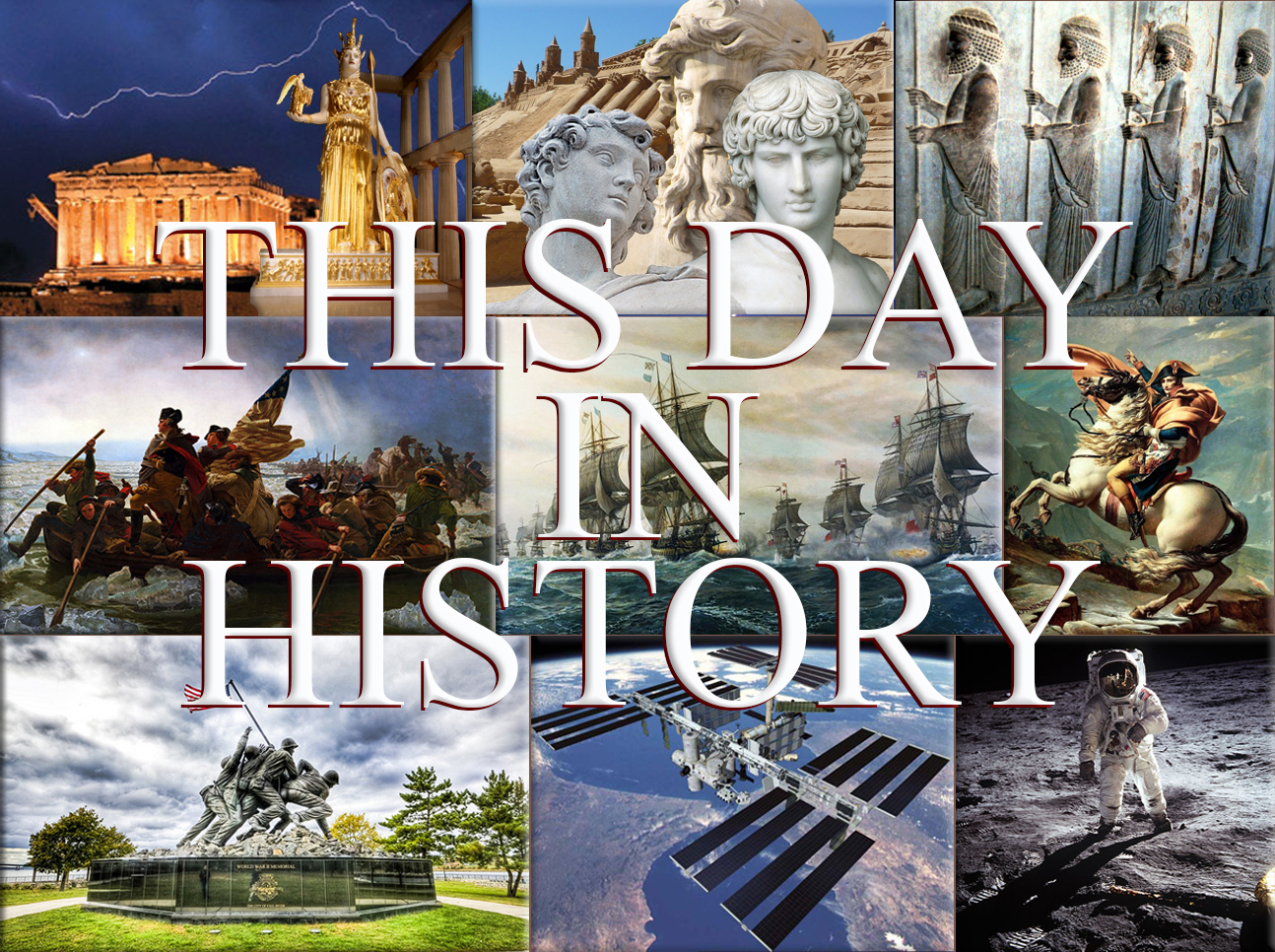
April 13th, 1111
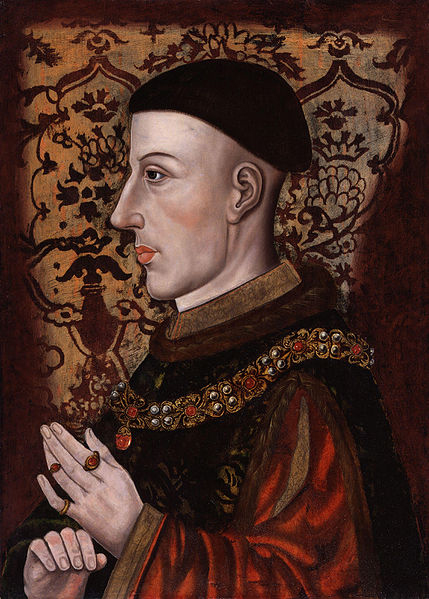
Henry V is crowned Holy Roman Emperor.
Wikipedia Image: Archbishop Ruthard of Mainz and Henry V.
April 13th, 1204

Crusades:
1204 - Fourth Crusade - Siege of Constantinople (1204); Constantinople falls to the Crusaders, temporarily ending the Byzantine Empire.
Wikipedia Image: The Siege of Antioch, from a 15th-century miniature; After the successful siege of Jerusalem in 1099, Godfrey of Bouillon, leader of the First Crusade, became the first ruler of the Kingdom of Jerusalem; Baldwin I of Jerusalem; Medieval image of Peter the Hermit, leading knights, soldiers and women toward Jerusalem during the First Crusade; The Battle of Ager Sanguinis, 1337 miniature; Pope Innocent III excommunicating the Albigensians, Massacre against the Albigensians by the crusaders; The capture of Jerusalem marked the First Crusade's success.
April 13th, 1598

French Wars of Religion:
Henry IV of France issues the Edict of Nantes, allowing freedom of religion to the Huguenots (Edict repealed in 1685.)
Wikipedia Painting: The French Wars of Religion; (1562–98): Period of civil infighting and military operations, primarily fought between French Catholics and Protestants (Huguenots). (The conflict involved the factional disputes between the aristocratic houses of France, such as the House of Bourbon and House of Guise (Lorraine), and both sides received assistance from foreign sources).
● Depiction of the Saint Bartholomew's Day massacre by François Dubois.
● Armed procession of the Catholic League in Paris in 1590, Musée Carnavalet.
● Catherine de' Medici One morning at the gates of the Louvre, 19th-century painting by Édouard Debat-Ponsan.
April 13th, 1613
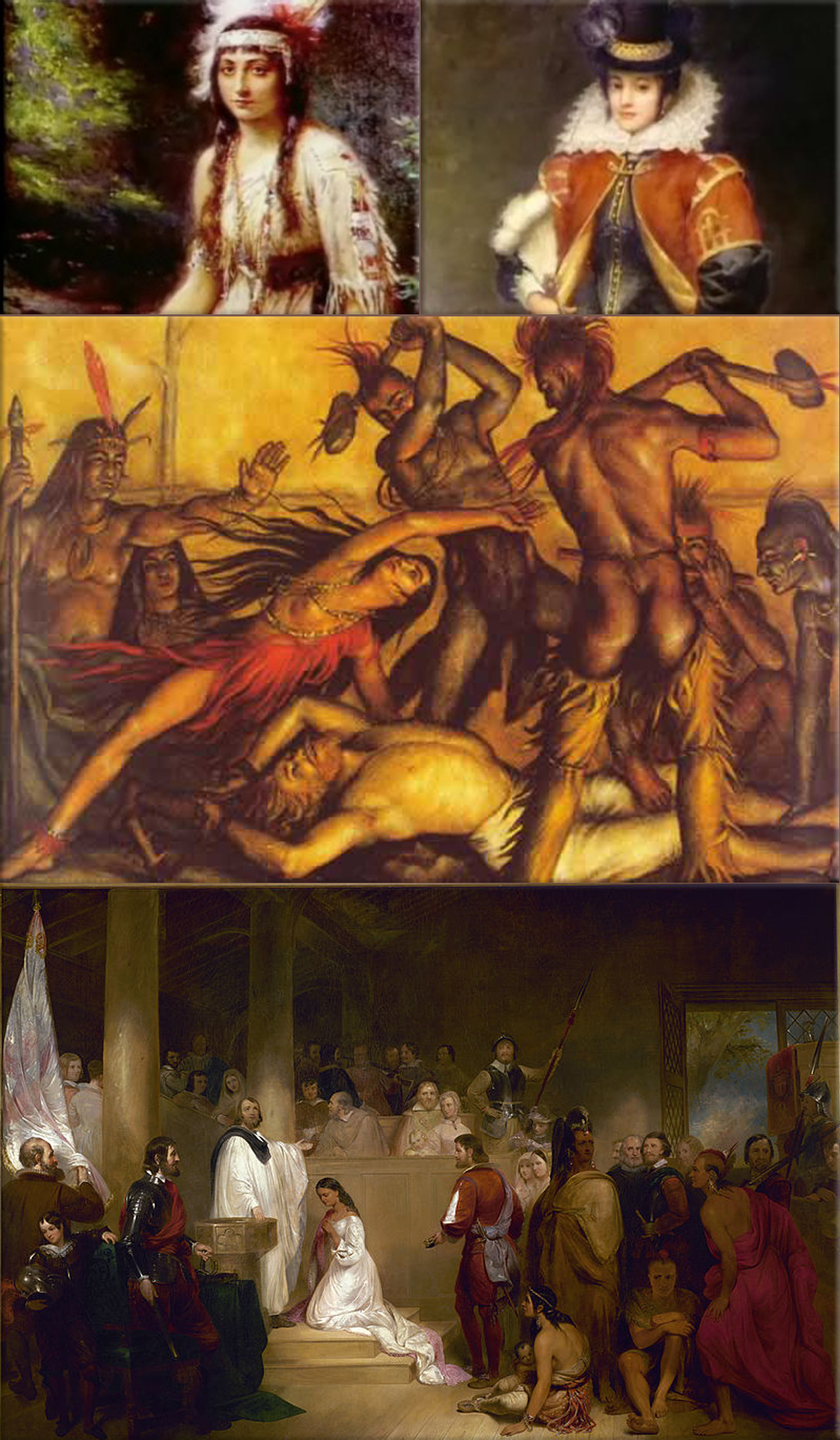
In Passapatanzy, Virginia Samuel Argall captures Native American princess Pocahontas to ransom her for some English prisoners held by her father, Chief Powhatan. She is brought to Henricus as hostage.
Wikipedia Painting: ● Pocahontas ● Lady Rebecca (Pocahontas) in England ● Pocahontas Saving Captain John Smith from Death in 1607, mural by Paul Cadmus, 1939 ● Rolfe (right, standing behind Pocahontas) as portrayed in The Baptism of Pocahontas, 1840, by John Gadsby Chapman.
April 13th, 1776
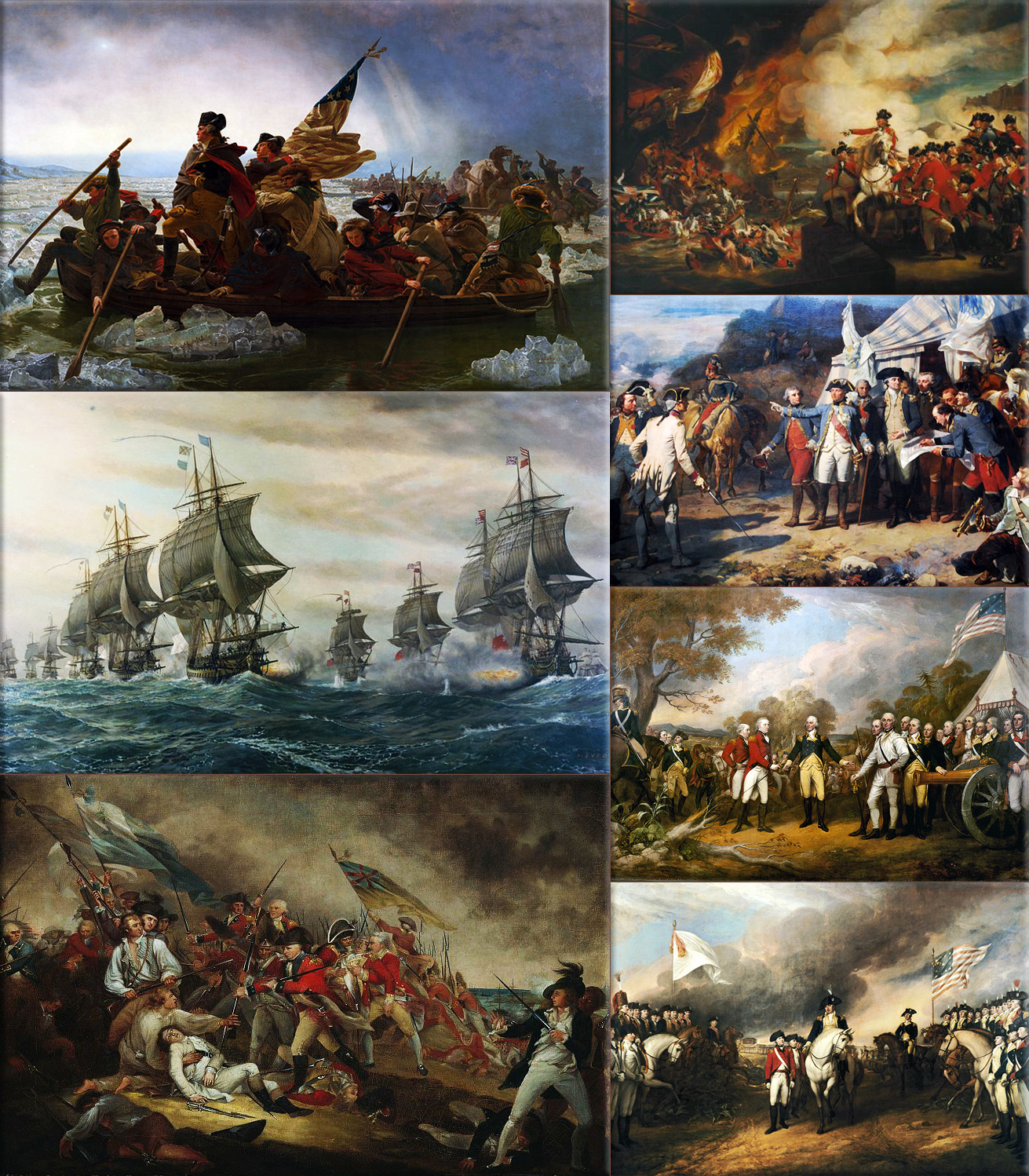
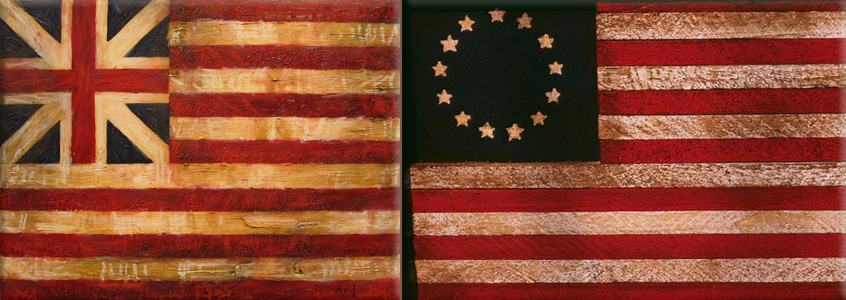
American Revolutionary War:
1776 - With the Battle of Bound Brook; In New Jersey, American forces are surprised.
Wikipedia Paintings: Washington Crossing the Delaware, by Emanuel Leutz; Battle of the Chesapeake, French (left) and British (right) lines; Battle of Bunker Hill, The Death of General Warren at the Battle of Bunker Hill by John Trumbull; The Defeat of the Floating Batteries at Gibraltar, September 13, 1782, by John Singleton Copley; Washington and the Comte de Rochambeau at Yorktown, 1781; "The surrender at Saratoga" shows General Daniel Morgan in front of a French de Vallière 4-pounder; Surrender of Cornwallis at Yorktown by (John Trumbull, 1797).
Grand Union - Stars and Stripes Flag
April 13th, 1829
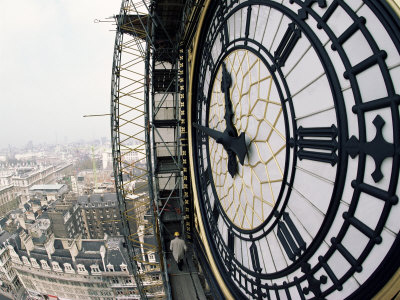
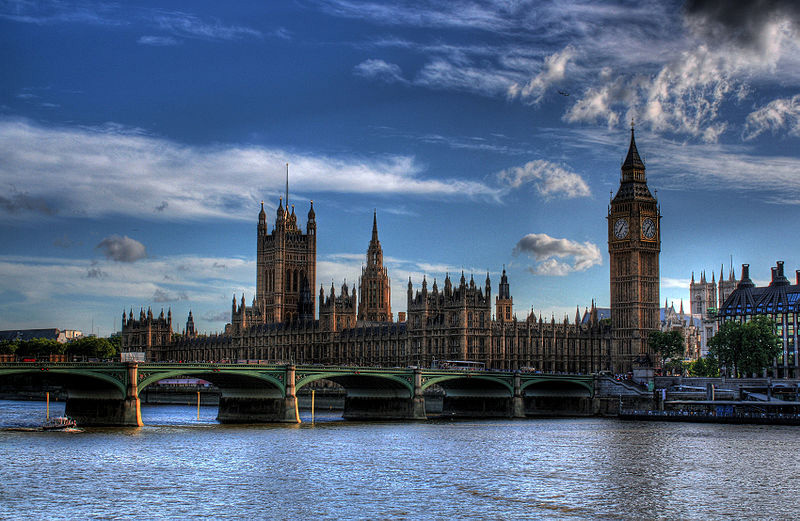
Catholic Emancipation: Roman Catholic Relief Act 1829 gives Roman Catholics in the United Kingdom the right to vote and to sit in Parliament.
Wikipedia Photo: Close-Up of the Clock Face of Big Ben Houses of Parliament Westminster London England; The Big Ben and the Houses of Parliament
April 13th, 1849
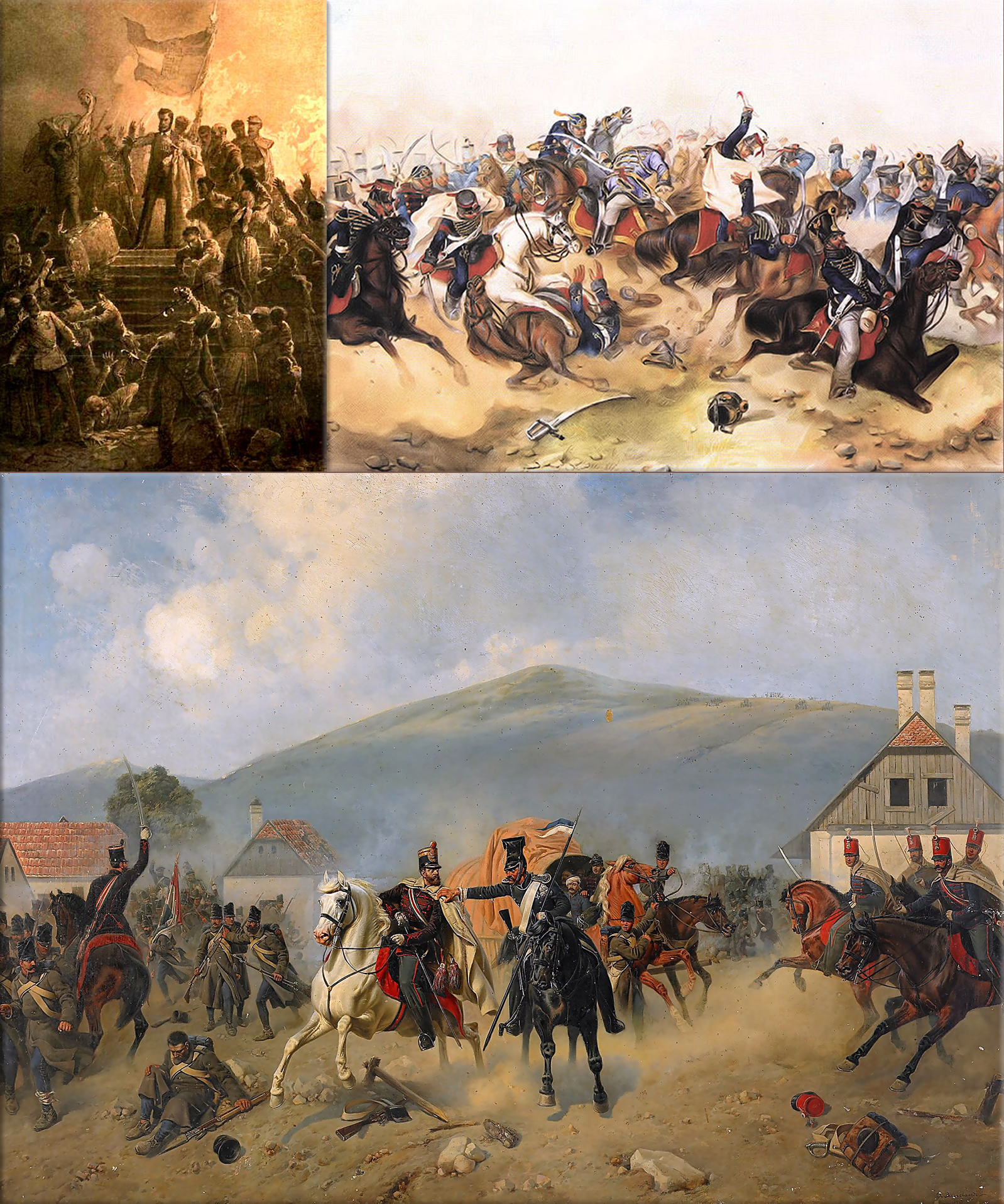
Hungarian Revolution of 1848: Hungary becomes a republic.
Wikipedia painting: Hungarian Revolution of 1848 - 1849: Sándor Petőfi reciting the Nemzeti dal to a crowd on March 15, 1848, by Mihály Zichy ● Transylvania - Ironmaster Constantin Nicodinescu of Fagaras takes refuge in Moldavia ● Battle at Tápióbicske (4 April 1849) by Mór Than.
April 13th, 1861
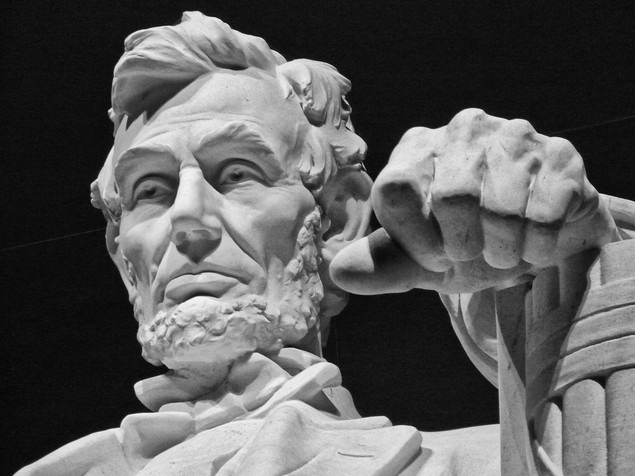
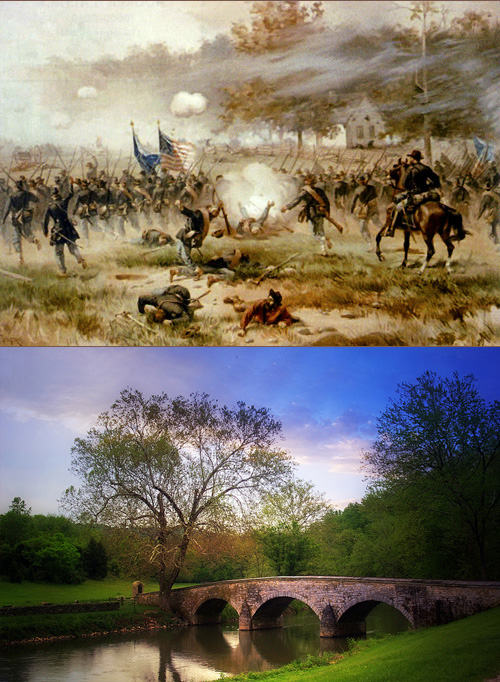
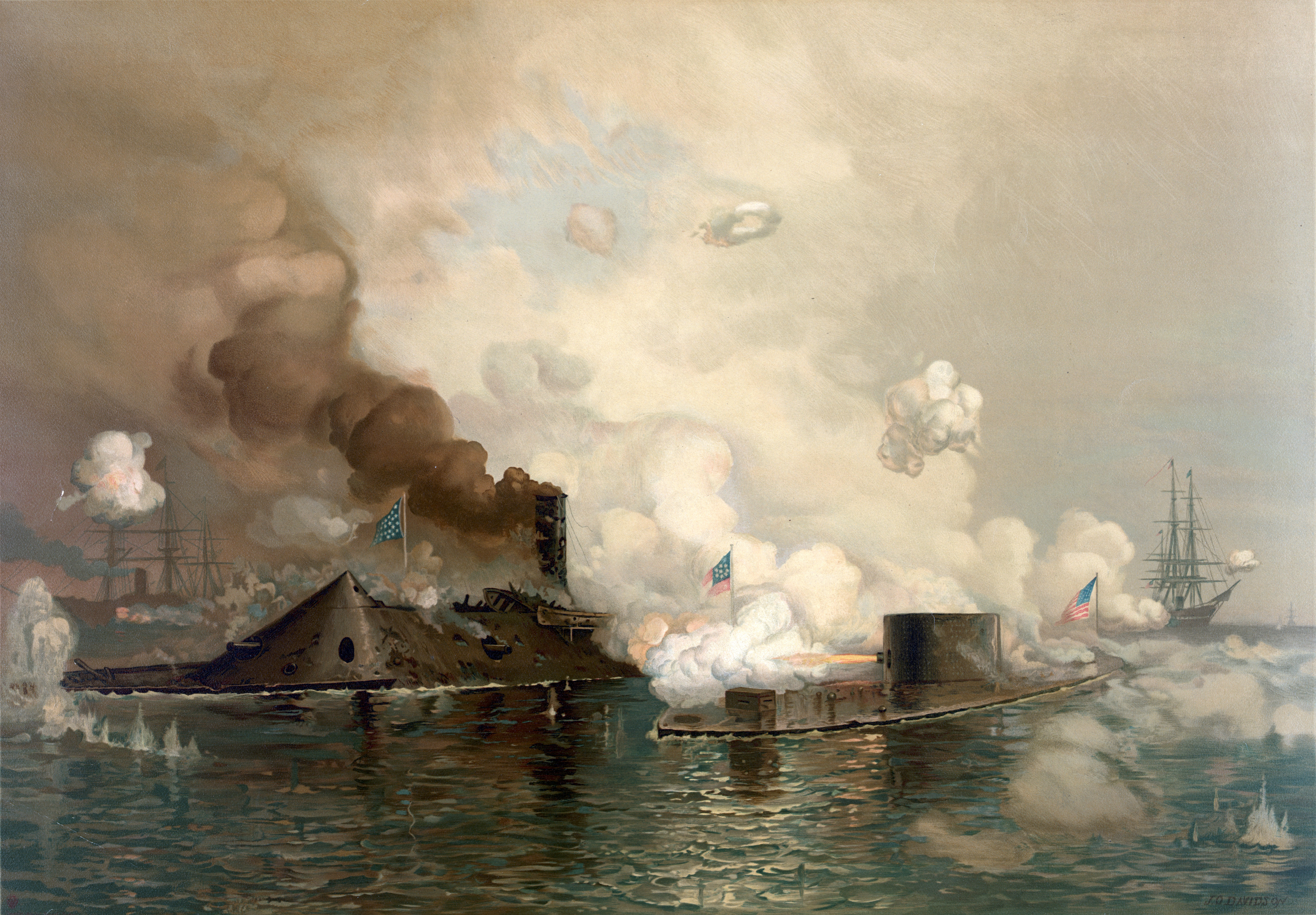
American Civil War:
1861 - In the harbor of Charleston, South Carolina, Fort Sumter surrenders to Confederate forces.
Reconstruction Era of the American Civil War:
1873 - The Colfax Massacre takes place.
Wikipedia Image: ● Lincoln Memorial; an American national monument built to honor the 16th President of the United States, Abraham Lincoln - located on the National Mall in Washington, D.C. across from the Washington Monument.
● The northern army led by George McClellan and the southern army led by Robert E. Lee met at Antietam Creek, Maryland in September, 1862. It was a bloody battle where 13,000 Confederates and 12,000 Union troops died in just one day. McClellan had hesitated to attack before the battle thus letting the southern troops regroup. Also, he had saved reserves and refused to use them at the end of the battle thinking that Lee was holding reserves for a counterattack, even though those reserves didn't exist. The Union victory stopped Lee's northward advance and was a turning point in the war.
● Battle of Antietam / Stone Bridge at Antietam Battlefield - Sharpsburg, Maryland
● First Battle Between Ironclads: CSS Virginia/Merrimac (left) vs. USS Monitor, in 1862 at the Battle of Hampton Roads.
● Although photography was still in its infancy, war correspondents produced thousands of images, bringing the harsh realities of the frontlines to those on the home front in a new and visceral way. The Atlantic.
April 13th, 1870
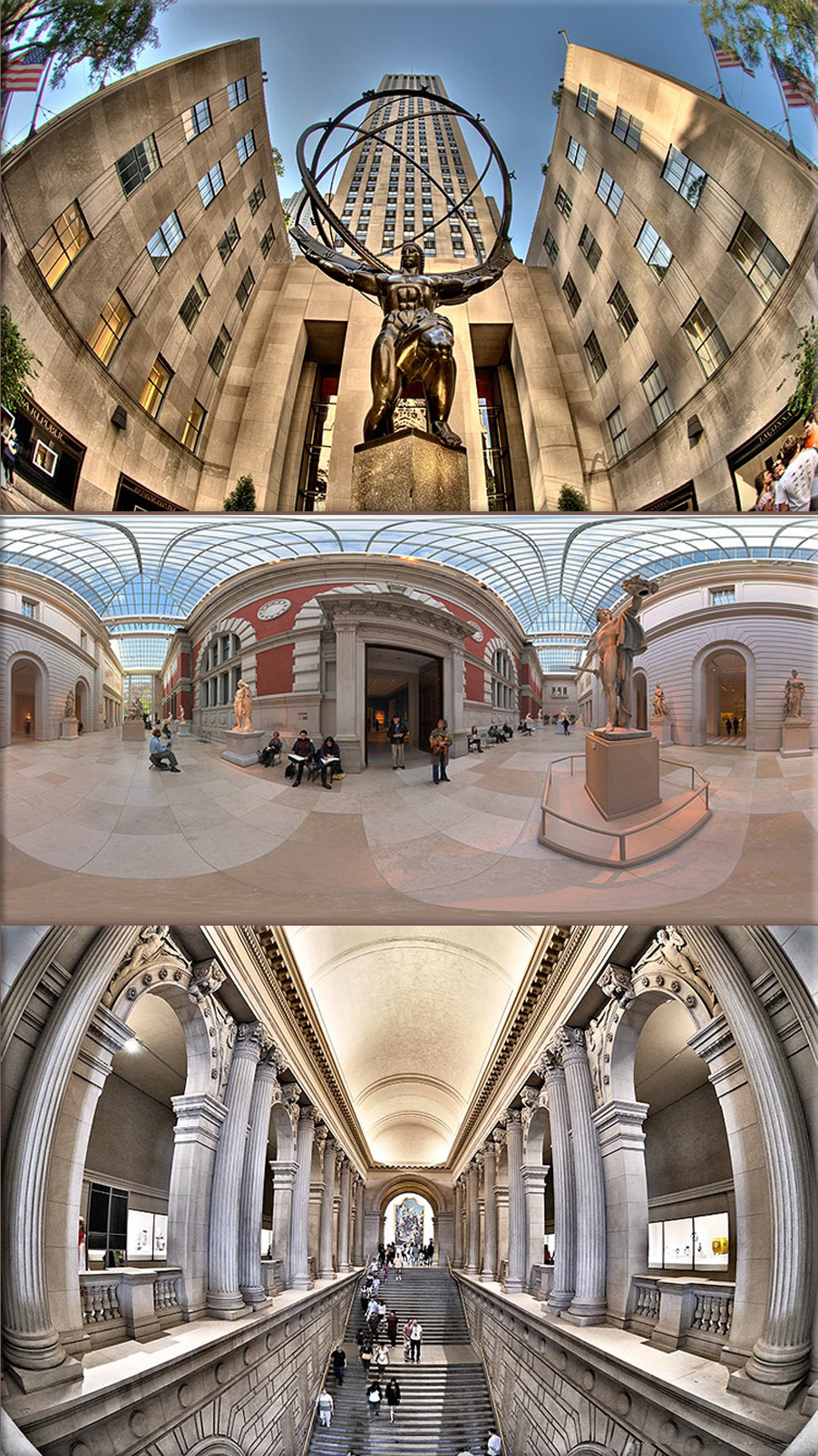
Metropolitan Museum of Art is founded in New York City.
Wikipedia Photo: Metropolitan Museum of Art; Atlas, 5th Ave New York, Fisheye View,© Albert J Valentino ● Interior of the Metropolitan Museum of Art, credit Randy Kosek ● Stairs, Metropolitan Museum of Art, © Albert J Valentino.
April 13th, 1909

Pre World War I:
1909 - Ottoman countercoup of 1909, March 31st Incident; The Turkish military reverses force the overthrow of Sultan Abdul Hamid II.
Post World War I:
1919 - The establishment of the Provisional Government of the Republic of Korea.
1919 - Jallianwala Bagh massacre; British troops massacre at least 379 unarmed demonstrators in Amritsar, India.
1919 - Eugene V. Debs is imprisoned at the Atlanta Federal Penitentiary in Atlanta, Georgia, for speaking out against the draft during World War I.
Wikipedia Photo: Trenches on the Western Front; a British Mark IV Tank crossing a trench; Royal Navy battleship HMS Irresistible sinking after striking a mine at the Battle of the Dardanelles; a Vickers machine gun crew with gas masks, and German Albatros D.III biplanes. National Archives and Records Administration.
April 13th, 1941
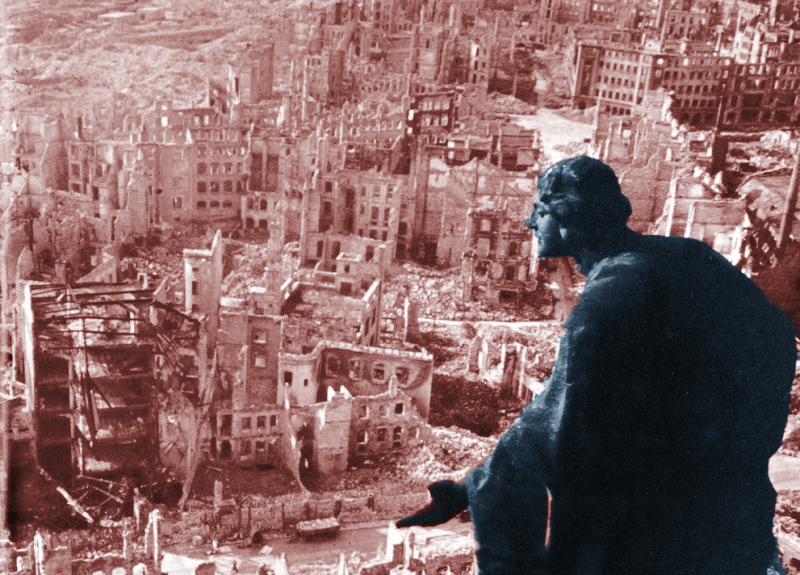

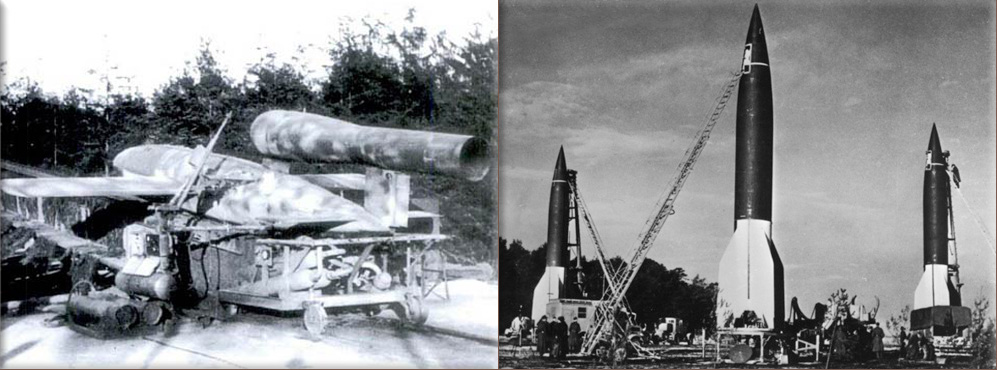
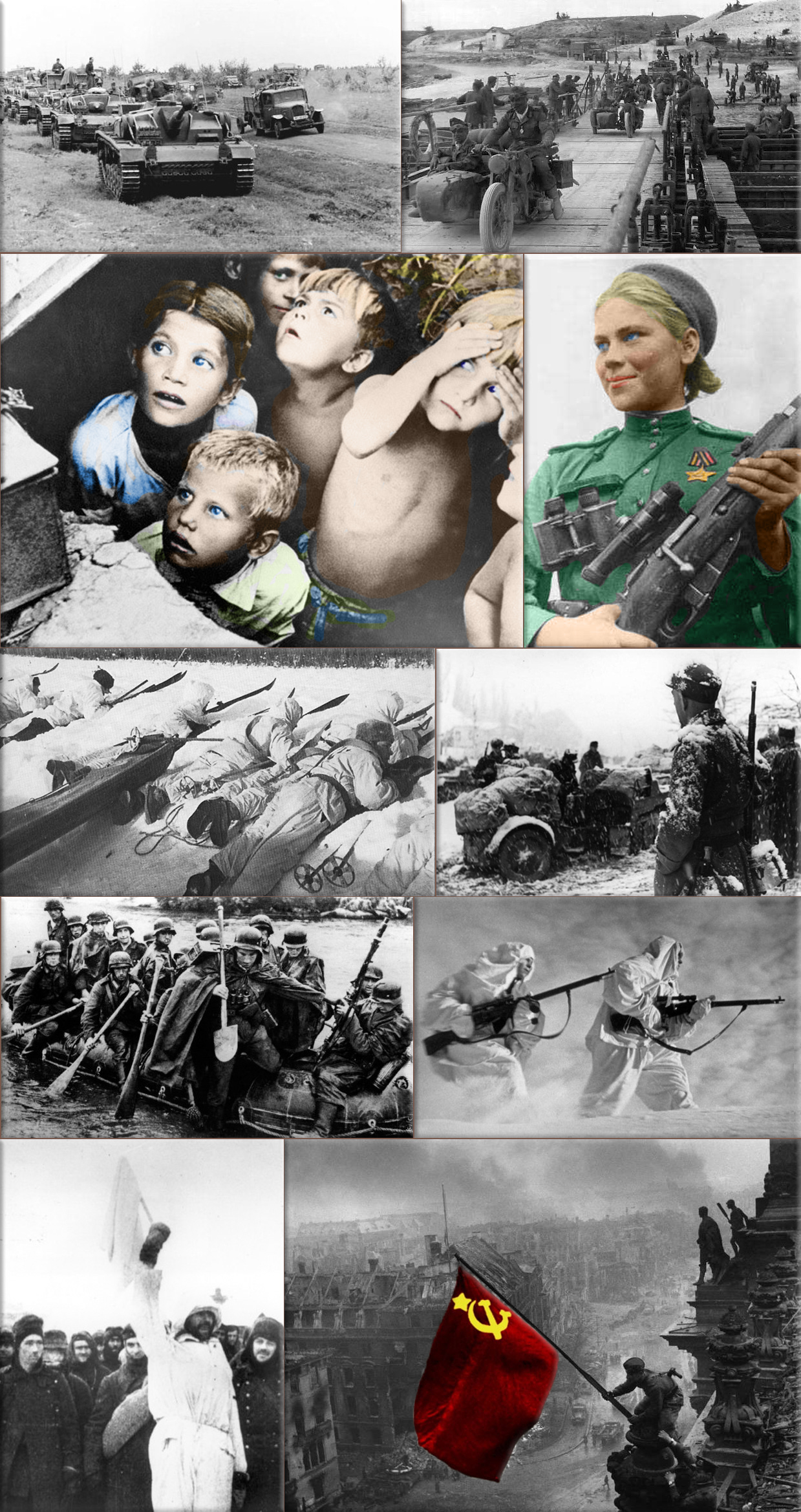
World War II:
1941 - Soviet–Japanese Neutrality Pact; The Soviet Union and Japan sign a pact of neutrality.
1945 - Vienna Offensive; Soviet Union and Bulgarian forces capture Vienna, Austria.
Post World War II:
1948 - Hadassah medical convoy massacre; In an ambush, 79 Jewish doctors, nurses and medical students from Hadassah Hospital and a British soldier are massacred by Arabs in Sheikh Jarra near Jerusalem.
Wikipedia Photo: Bombing of Dresden in World War II; August Schreitmüller's sculpture 'Goodness' surveys Dresden after a firestorm started by Allied bombers in 1945.
USS Bunker Hill was hit by kamikazes piloted by Ensign Kiyoshi Ogawa and another airman on 11 May 1945. 389 personnel were killed or missing from a crew of 2,600; Ensign Kiyoshi Ogawa, who flew his aircraft into the USS Bunker Hill during a Kamikaze mission on 11 May 1945; Kamikaze Missions - Lt Yoshinori Yamaguchi's Yokosuka D4Y3 (Type 33 Suisei) "Judy" in a suicide dive against USS Essex. The dive brakes are extended and the non-self-sealing port wing tank is trailing fuel vapor and/or smoke 25 November 1944.
German V1 flying-bomb and V2 Rockets - Preparations for a Salvo Launch of V-2 Rockets in the Heidelager near Blizna (Poland) (1944), credit German History in Documents and Images GHDI.
Eastern Front (World War II); Germans race towards Stalingrad. August 1942; Soviet children during a German air raid in the first days of the war, June 1941, by RIA Novosti archive; Soviet sniper Roza Shanina in 1944. About 400,000 Soviet women served in front-line duty units Caucasus Mountains, winter 1942/43; Finnish ski patrol: the invisible enemy of the Soviet Army with an unlimited supply of skis; Men of the German Engineers Corps cross a river which is swollen after the first autumn rains, to strengthen bridges linking the German positions on the central front in Russia. by Keystone / Getty Images. October 1942; Russian snipers fighting on the Leningrad front during a blizzard. Photo by Hulton Archive / Getty Images, 1943; German soldiers surrendering to the Russians in Stalingrad, the soldier holding the white flag of surrender is dressed in white so that there could be no doubt of his intentions, a Russian soldier is on the right of the photograph. by Keystone / Getty Images, January 1943.
April 13th, 1943
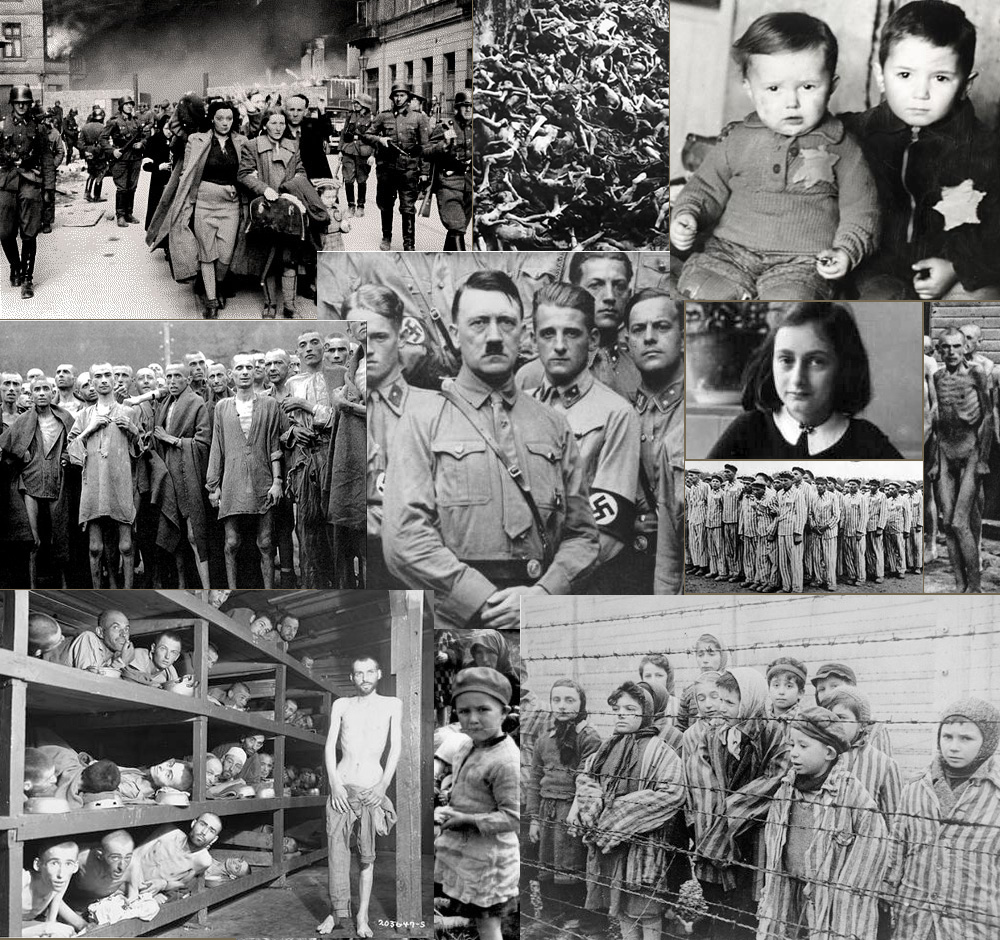
World War II: Holocaust;
1943 - Katyń Forest Massacre; The discovery of a mass grave of Polish prisoners of war killed by Soviet forces is announced, causing a diplomatic rift between the Polish government in exile in London from the Soviet Union, which denies responsibility.
1945 - German troops kill more than 1,000 political and military prisoners in Gardelegen of Germany.
Wikipedia Photo: World War II, The Holocaust. Sources: United States Holocaust Memorial Museum USHMM, History 1900s, Internet Masters of Education Technology IMET, Techno Friends, Veterans Today, Concern.
April 13th, 1943
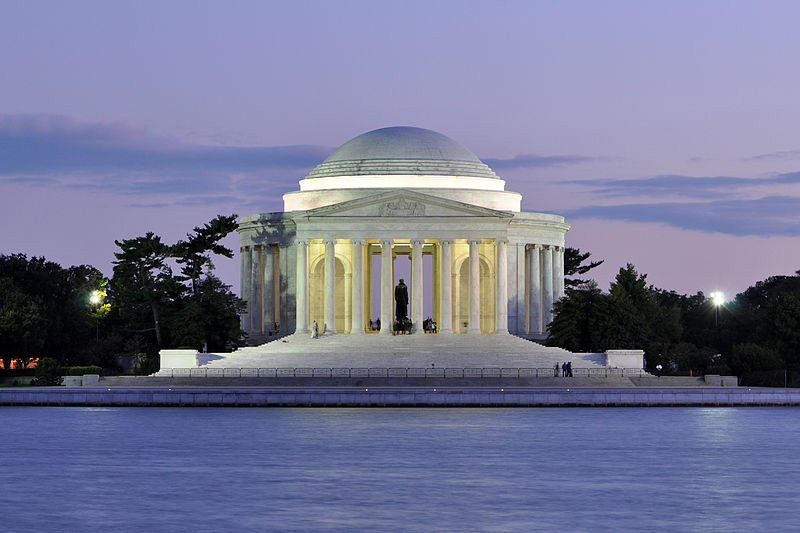
The Jefferson Memorial is dedicated in Washington, D.C. on the 200th anniversary of Thomas Jefferson's birth.
Wikipedia Photo: Jefferson Memorial, Washington, D.C.
April 13th, 1953
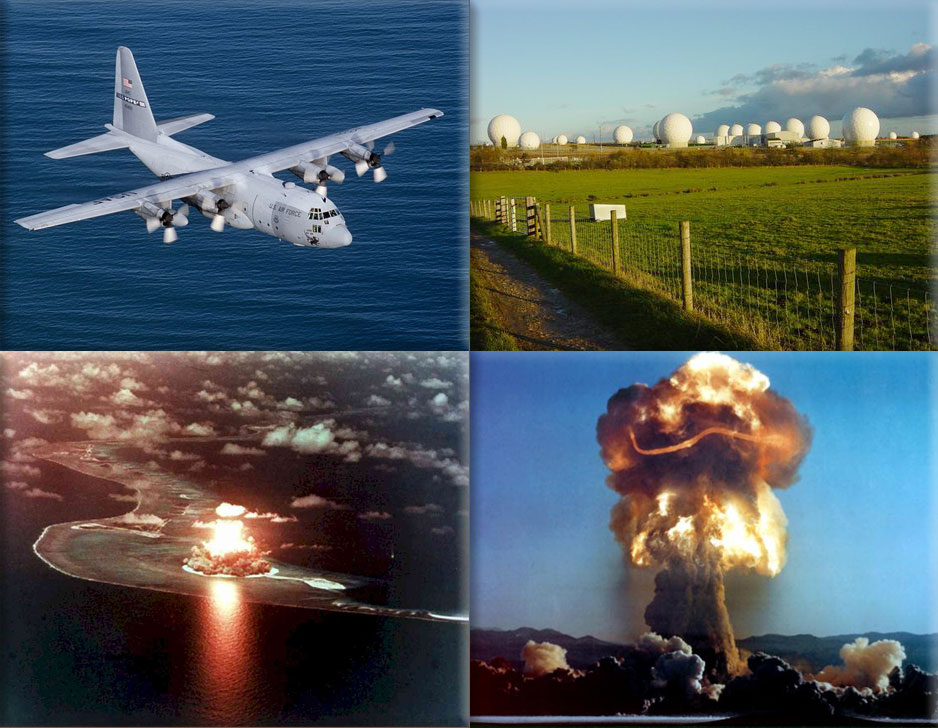
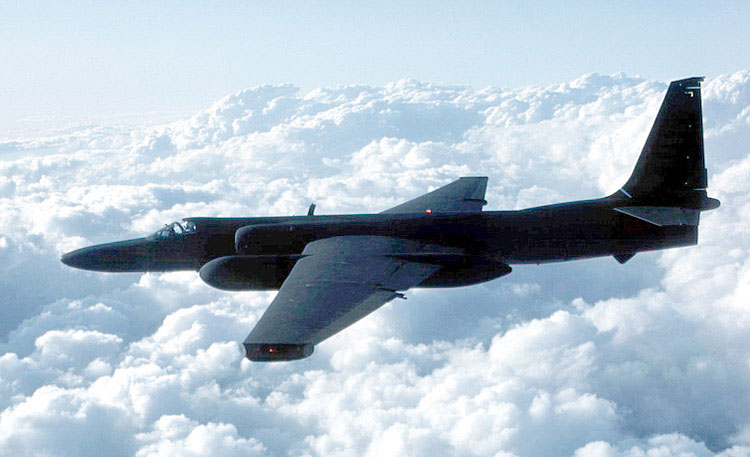

Cold War:
1953 - Central Intelligence Agency (CIA) director Allen Dulles launches the mind-control program MKULTRA.
1958 - During the Cold War, American Van Cliburn wins the inaugural International Tchaikovsky Competition in Moscow.
Wikipedia Photo: Lockheed C-130 Hercules; RAF Menwith Hill, a large site in the United Kingdom, part of ECHELON and the UKUSA Agreement; New Zealand nuclear test, British nuclear tests near the Malden and Christmas Islands in the mid-Pacific in 1957 and 1958; Nevada nuclear tests, Nevada Division of Environmental Protection Bureau of Federal Facilities.
U2, Lockheed TR-1 in flight.
April 13th, 1960
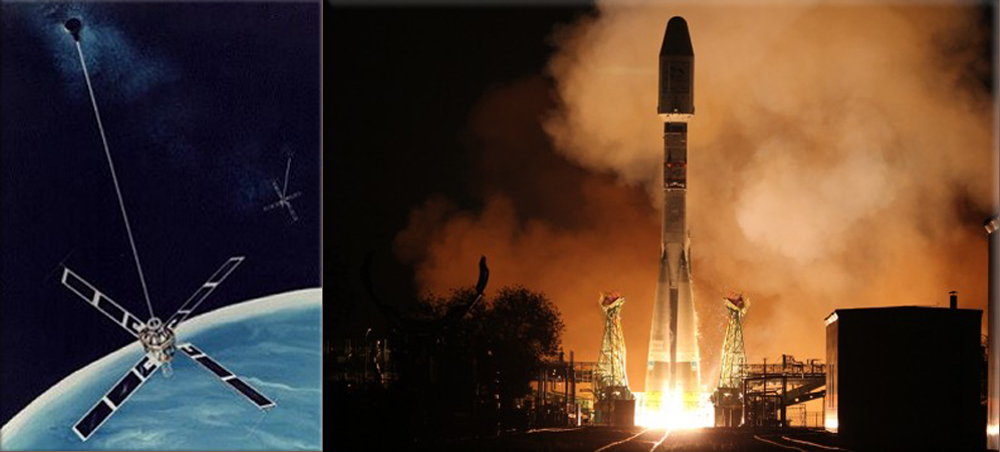
1960 - The United States, launches Transit 1-B, the world's first satellite navigation system.
1974 - Western Union (in cooperation with NASA and Hughes Aircraft) launches the United States' first commercial geosynchronous communications satellite, Westar 1.
Wikipedia Photo: Transit 1-B; Operational Transit satellite ● MetOp-B satellite September 25, 2012 (European Space Agency Launch to Track Climate Change).
April 13th, 1970
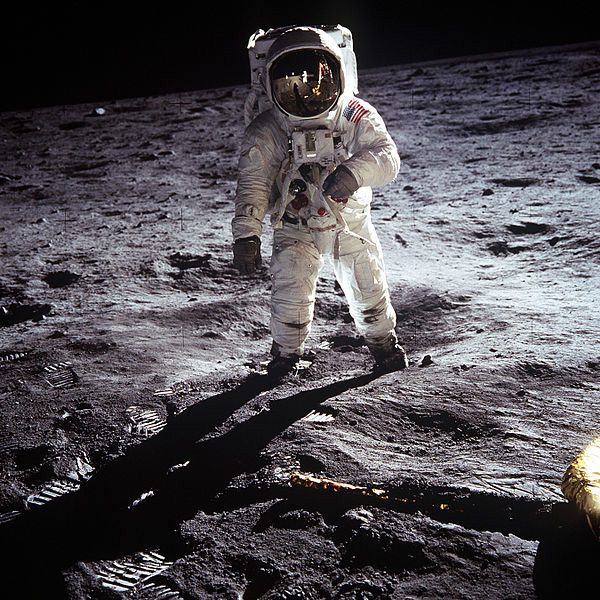

Apollo Program: NASA's Apollo 13 - An oxygen tank aboard Apollo 13 explodes, putting the crew in great danger and causing major damage to the spacecraft while en route to the Moon.
Wikipedia Photo: Apollo Program: Apollo 11 first manned Moon landing and the first walk on the surface on the moon. Astronaut Buzz Aldrin walks on the surface of the moon near the leg of the lunar module Eagle. Apollo 11 Commander Neil Armstrong took this photograph with a 70mm lunar surface camera. Armstrong and Aldrin explored the Sea of Tranquility for two and a half hours while crewmate Michael Collins orbited above in the command module Columbia.
The Blue Marble is a famous photograph of the Earth, taken on December 7, 1972, by the crew of the Apollo 17 spacecraft, at a distance of about 45,000 kilometres (28,000 mi).
April 13th, 1972


Vietnam War:
1972 - Battle of An Lộc begins.
Wikipedia Photo: Vietnam_War; Side view of an HH-53 helicopter of the 40th Aerospace Rescue and Recovery Squadron as seen from the gunner's position on an A-1 of the 21st Specialist Operations Squadron. (USAF Photo by Ken Hackman), Boston Globe;
Boeing B-52 Stratofortress, credit Free Republic;
Vietnam War: The Big Picture / Boston Globe.
April 13th, 1975
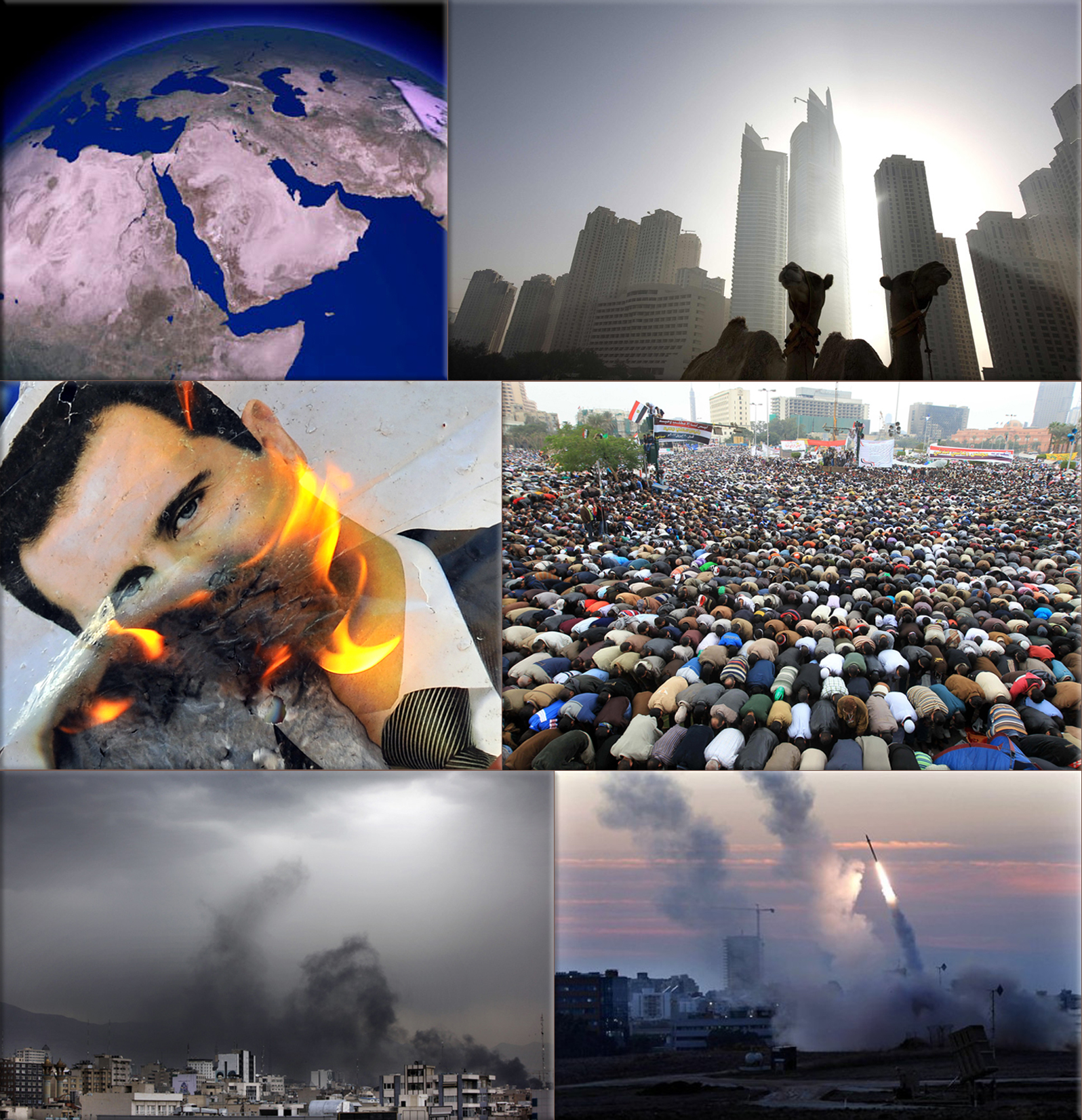
Modern conflicts in the Middle East and terrorist attacks:
1975 - Bus massacre in Lebanon: An attack by the Phalangist resistance kills 26 militia members of the P.F.L. of Palestine, marking the start of the 15-year Lebanese Civil War.
Wikipedia Photo: Middle East satellite image, NASA. ● Camels are seen early morning on a beach in the Marina area of Dubai October 16, 2008. (Steve Crisp, Reuters) ● A portrait of Syrian President Bashar al-Assad burns during clashes between rebels and Syrian troops in Selehattin, near Aleppo, on July 23, 2012. (Bulent Kilic, AFP / GettyImages) ● Egyptians gather in their thousands in Tahrir Square to mark the one year anniversary of the revolution on Jan. 25, 2012 in Cairo Egypt. Tens of thousands have gathered in the square on the first anniversary of the Arab uprising which toppled President Hosni Mubarak. (Jeff J Mitchell, Getty Images) ● Black smoke rises above the Tehran skyline as supporters of Mir Hossein Mousavi burn tires and other material in the streets as they fight running battles with police to protest the declared results of the Iranian presidential election in Tehran, Iran, Saturday, June 13, 2009. (Ben Curtis, AP) ● The Iron Dome defense system fires to interecpt incoming missiles from Gaza in the port town of Ashdod, Thursday, Nov. 15, 2012. (Tsafrir Abayov, AP)
April 13th, 1976
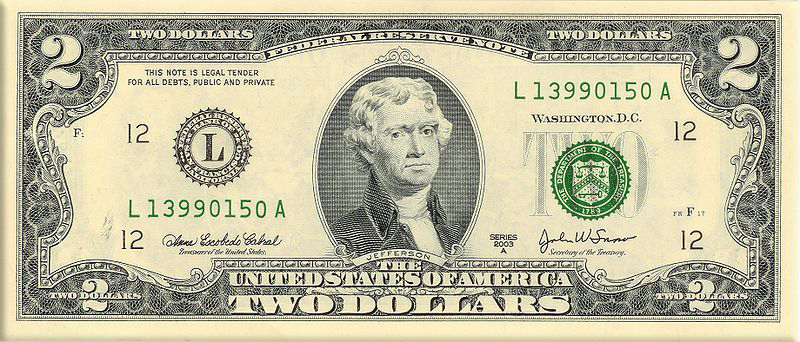
The United States Treasury Department reintroduces the two-dollar bill as a Federal Reserve Note on Thomas_Jefferson's 233rd birthday as part of the United States Bicentennial celebration.
Wikipedia Image: The United States Treasury Department's two-dollar bill.
April 13th, 1992
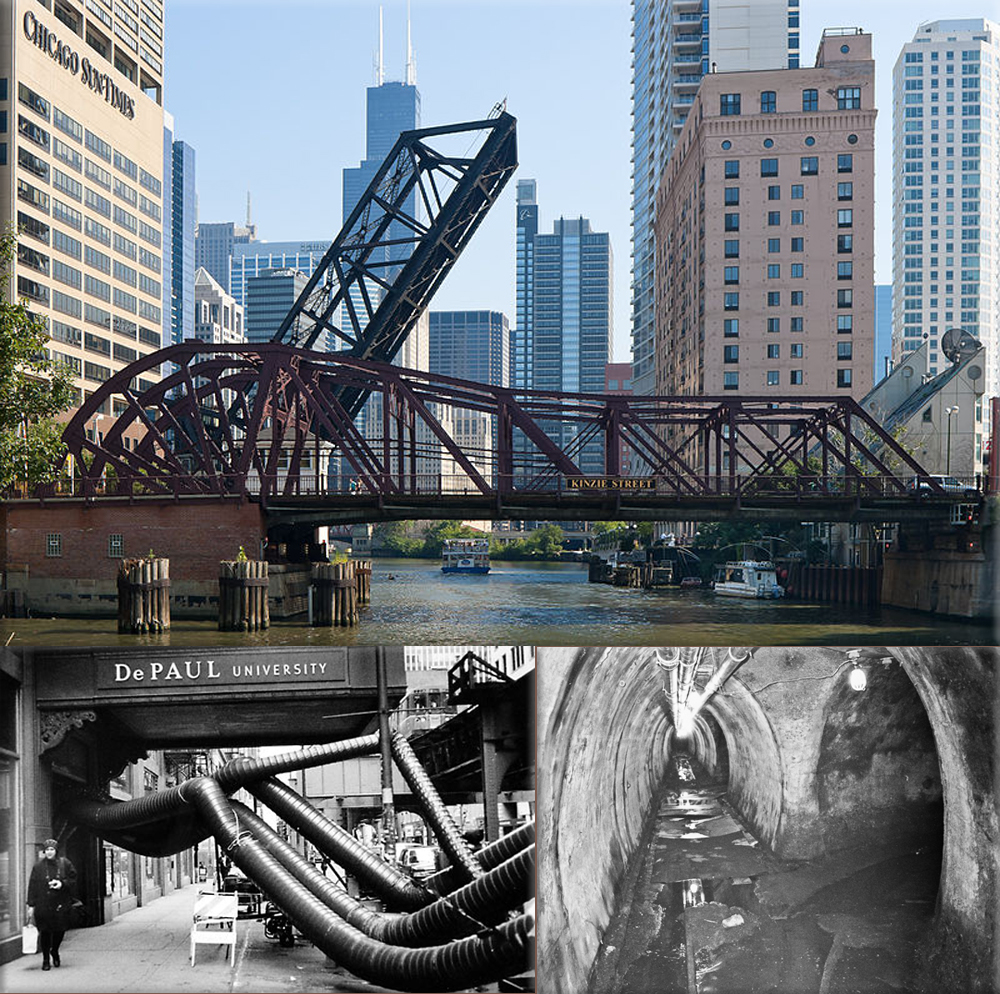
The Great Chicago Flood.
Wikipedia Photo: The Chicago flood occurred on April 13, 1992, when the damaged wall of a utility tunnel beneath the Chicago River opened into a breach which flooded basements and underground facilities throughout the Chicago Loop with an estimated 250 million US gallons (950,000 m3) of water.
April 13th, 1997

Tiger Woods becomes the youngest golfer to win the Masters Tournament.
Wikipedia Photo: Tiger Woods, credit Jim Rogash, Getty Images.
April 13th, 2017

Nangarhar airstrike: The United States drops the largest ever non-nuclear weapon on Nangarhar Province in Afghanistan.
Wikipedia Image: The United States drops the largest ever non-nuclear weapon on Nangarhar Province in Afghanistan.
